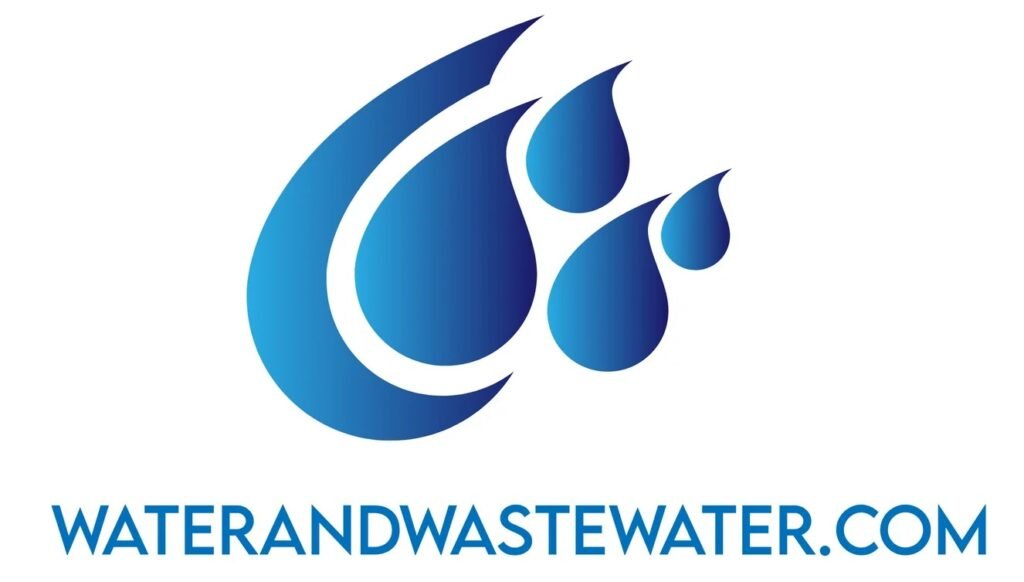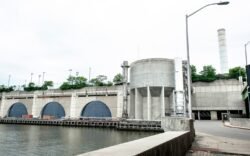Advanced Wastewater Treatment System
Advanced Wastewater Treatment Systems: A Comprehensive Overview
Introduction
In the face of escalating environmental concerns and increasing urban populations, the demand for efficient and sustainable water management systems has become imperative. Advanced wastewater treatment systems (AWTS) play a crucial role in addressing these challenges by ensuring that treated water meets stringent environmental regulations and is suitable for various reuse applications. According to the United Nations, nearly 80% of the world’s wastewater is discharged untreated, contributing to significant pollution and health hazards (United Nations, 2022). This article delves into the intricacies of AWTS, exploring their methodologies, benefits, challenges, and innovative technologies shaping the future of wastewater management.
Section 1: Understanding Advanced Wastewater Treatment
1.1 Definition and Importance
Advanced wastewater treatment refers to the processes that follow traditional primary and secondary treatment, further purifying wastewater beyond the conventional standards. These processes target residual pollutants, nutrients like nitrogen and phosphorus, and pathogens that can cause environmental harm. The importance of AWTS is underscored by the growing need for water reuse and resource recovery, especially in water-scarce regions.
1.2 Biological and Chemical Processes
AWTS deploy various biological and chemical processes to achieve higher treatment efficacy:
-
Membrane Bioreactors (MBR): Combining biological degradation with membrane filtration, MBRs remove suspended solids and contaminants efficiently. Research shows that MBR systems can achieve removal rates of up to 99% for suspended solids (Huang et al., 2021).
-
Reverse Osmosis (RO): Utilizing semipermeable membranes, RO effectively separates dissolved contaminants, achieving high-quality effluent ideal for potable reuse. Recent advancements have enhanced membrane technologies, reducing fouling and operational costs (Baker, 2020).
- Advanced Oxidation Processes (AOPs): These systems employ powerful oxidants to break down complex organic pollutants. Studies indicate that AOPs can degrade contaminants even at trace levels, making them pivotal for pharmaceutical wastewater treatment (Jia et al., 2019).
Section 2: Benefits of Advanced Wastewater Treatment Systems
2.1 Environmental Protection
AWTS significantly mitigate the impact of wastewater on ecosystems. By removing harmful pollutants, they help restore aquatic habitats and improve water quality in rivers and lakes. According to the EPA, effective wastewater treatment can reduce nutrient loading by over 80%, diminishing the risks of eutrophication (EPA, 2022).
2.2 Water Reuse and Resource Recovery
The treated effluent from AWTS can be reused in irrigation, industrial processes, and even as potable water after further treatment. This practice is essential in regions facing severe water shortages. For instance, Israel reuses approximately 87% of its treated wastewater, a model that highlights the potential of AWTS in sustainable water management (Israeli Water Authority, 2021).
2.3 Economic Viability
Investments in AWTS present long-term financial benefits. By reducing the costs associated with traditional wastewater management and leveraging valuable resources, such as biogas from anaerobic digestion, facilities can enhance profitability. Data from the Water Environment Federation indicates that integrating renewable energy sources can reduce operating costs by 20-30% (WEF, 2022).
Section 3: Challenges and Limitations
3.1 High Initial Investment and Operational Costs
One of the significant barriers to the adoption of AWTS is the initial capital expenditure. Facilities often require substantial investments in infrastructure, technology, and skilled labor. A report from the World Bank highlighted that the investment in wastewater treatment can exceed $200 billion globally, necessitating innovative financing solutions (World Bank, 2020).
3.2 Technological Complexity
The intricacies of AWTS require specialized knowledge in engineering and environmental sciences. For many municipalities, especially in developing regions, the lack of skilled workforce and technical expertise poses a substantial challenge. Training and education programs tailored to wastewater management professionals can address this gap.
3.3 Regulatory Compliance and Public Perception
Meeting regulatory standards can be daunting for many facilities. The public’s perception of wastewater treatment, particularly regarding water reuse, can also create hurdles. Effective communication and transparency regarding the safety and benefits of treated water are essential to gain public trust.
Section 4: Innovations in Advanced Wastewater Treatment Technologies
4.1 Smart Technologies and Automation
The advent of smart technologies is revolutionizing AWTS. Automation and the Internet of Things (IoT) enable real-time monitoring and control of treatment processes, optimizing performance and reducing energy consumption. According to a study by the International Water Association, facilities that adopted smart technologies reported a 15-25% reduction in operational costs (IWA, 2021).
4.2 Circular Economy Models
AWTS are increasingly integrated into circular economy frameworks that prioritize resource recovery. For instance, nutrient recovery technologies can extract phosphorus and nitrogen from wastewater for use as fertilizers, thereby minimizing waste and enhancing sustainability (Schmidt et al., 2020).
4.3 Integrating Green Infrastructure
The implementation of green infrastructure within AWTS can enhance treatment efficacy while providing additional environmental benefits. Natural filters, constructed wetlands, and biofilters improve water quality while promoting biodiversity and aesthetic landscapes (Kumar et al., 2021).
Conclusion
Advanced wastewater treatment systems represent a critical facet of modern water management, addressing the urgent need for sustainable practices in an increasingly resource-constrained world. By understanding the complexities and benefits of AWTS, industry professionals and facility managers can make informed decisions that enhance operational efficiencies, promote environmental stewardship, and contribute to the circular economy.
As we move forward, continued investment in innovative technologies, workforce training, and public engagement will bolster the effectiveness of AWTS. The future of wastewater management lies in our ability to adapt, innovate, and prioritize sustainability, ensuring that we protect our most essential resource—water.
FAQ Section
Q: What are advanced wastewater treatment systems?
A: AWTS encompass various processes beyond primary and secondary treatment, targeting residual pollutants and enhancing the quality of treated water for potential reuse.
Q: What benefits do AWTS offer?
A: AWTS provide environmental protection, facilitate water reuse, promote resource recovery, and can result in long-term economic savings.
Q: What challenges do AWTS face?
A: Common challenges include high initial investments, technological complexity, and navigating regulatory compliance and public perception.
Q: How do innovations impact AWTS?
A: Innovations such as smart technologies, circular economy practices, and integrated green infrastructure significantly enhance the efficiency and sustainability of AWTS.
Q: Why is public trust important for wastewater treatment?
A: Public perception plays a critical role in the acceptance of treated water products, making effective communication about safety and benefits essential for community engagement.
This comprehensive guide offers insights into the operational and strategic management of AWTS, supporting professionals in making informed decisions that enhance water sustainability.

